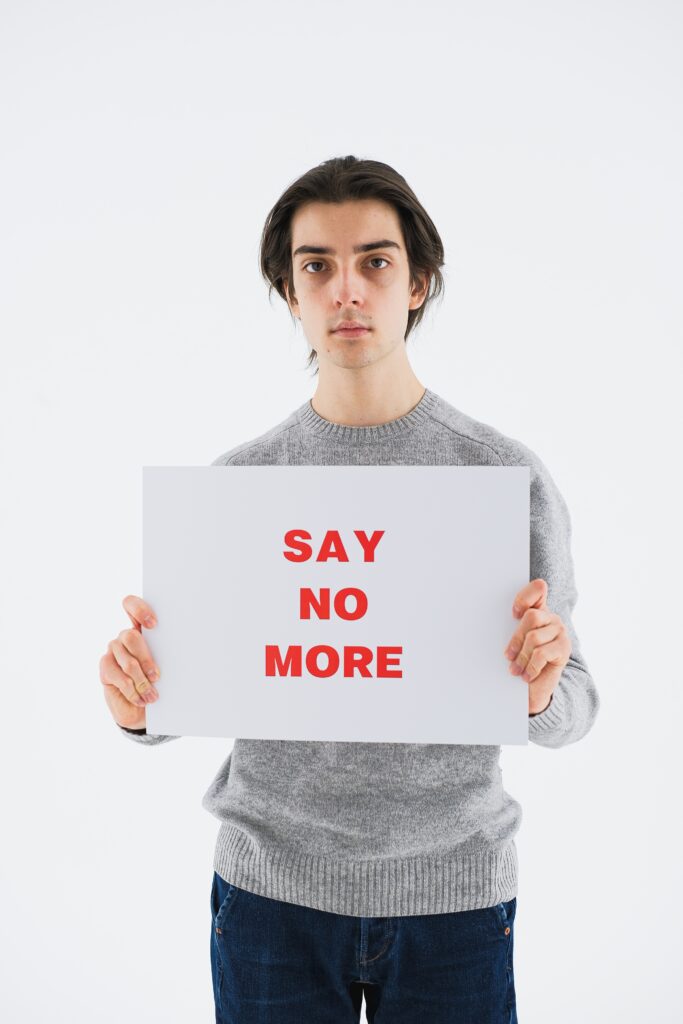( ENSPIRE Community Spotlight ) Slavery and Human Trafficking Awareness Month Seeks to Educate Public On This Global Crime
ENSPIRE Contributor: Naomi Stamps
January is Slavery and Human Trafficking Awareness Month. This awareness is focused on educating the public and encouraging them to join the fight in ending these illegal acts. USA Today states that the U.S. Department of State has examined human trafficking activity since 1994. To fight against this ongoing crime, Congress passed the Victims of Trafficking and Violence Act in 2000 and former President Obama allowed it in 2010. He also named January as Slavery and Human Trafficking Awareness Month, which other presidents to follow started. This awareness takes place this January because it’s the same month Abraham Lincoln issued the Emancipation Proclamation.
Slavery and Human Trafficking are two issues that aren’t discussed enough because society often ignores their severity. Besides this, there are many misconceptions that prevent more people from taking action. For instance, many believe this is an issue that only occurs outside of the United States. During his proclamation, former President Obama mentioned that “from factories and brothels to farms and mines, millions of men, women, and children in the United States and around the world are exploited for their bodies and their labour.” It’s important to ensure that we have a full understanding of this ongoing problem in order to help and encourage others to do the same.

The U.S. Department of Defense reports that $99 billion is made per year from sex trafficking and $51 billion from forced labor. A large percentage of human trafficking victims are children. The three most commonly reported forms of slavery and human trafficking include labor trafficking, sex trafficking, and child soldiers. While child soldiers are often forced to fight, they are also used as cooks, medics, sex slaves, and much more.
Because this dark business brings in an abundance of money, many businesses and funds are profiting from it (and many of us don’t even realize it). It’s important for us to not only stop the promotion of heinous acts but to ensure that more victims come home. Here are a few tips to keep in mind:

- Learn the myths/misconceptions about modern-day slavery and human trafficking.
See the list of common misconceptions here.
2. Be mindful of what you watch and listen to in the media. Many rappers and TV shows promote this activity. It’s not just a song or TV show. Be careful of who you’re supporting.
3. Learn the indicators of human trafficking so you can report it.
See the list of common indicators here.
4. Learn how you can help in your community.
5. Learn the signs of grooming someone for human trafficking.
See the common grooming signs here.
6. Learn how you can avoid becoming a victim of human trafficking.
Click here for tips.
7. Learn the common areas where human trafficking occurs.
This can also help in reporting human trafficking. Common areas include massage parlors, strip clubs, and truck stops. The Lanier Law Firm shares information on trucking and human trafficking.

For more information, click here.
To report this activity, click here.
Related Article: Reveal Beauty Works to Protect Women







